Home>Furniture & Design>Interior Design Trends>What Is Tempered Glass
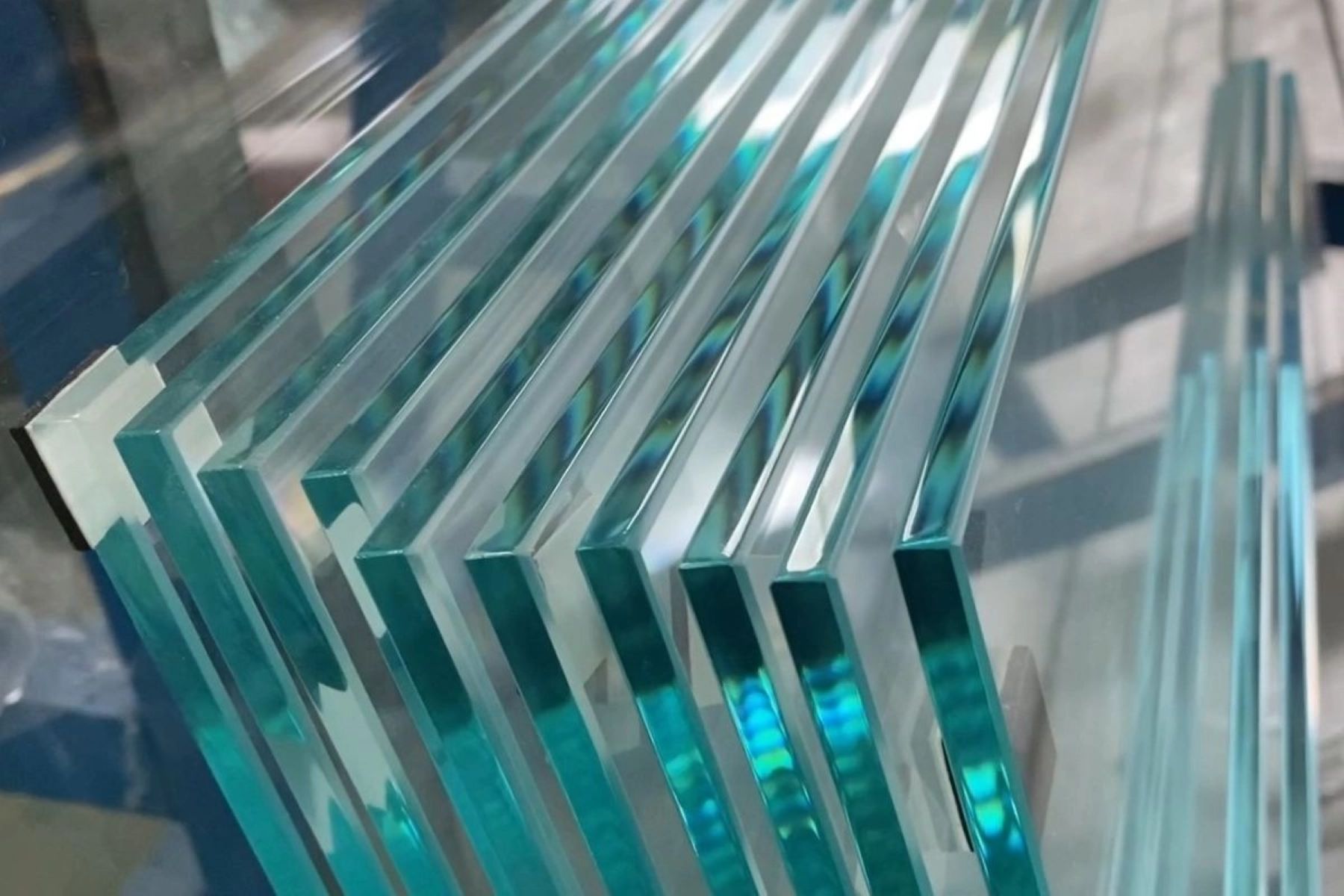

Interior Design Trends
What Is Tempered Glass
Modified: August 17, 2024
Discover the latest interior design trends with tempered glass. Learn how this versatile material can elevate your home decor. Explore the benefits and applications today!
(Many of the links in this article redirect to a specific reviewed product. Your purchase of these products through affiliate links helps to generate commission for Storables.com, at no extra cost. Learn more)
Introduction
Tempered glass is a versatile and durable material that has become an integral part of modern architecture and interior design. Its unique properties and manufacturing process make it a popular choice for a wide range of applications, from sleek glass furniture to safety glass in buildings and vehicles. Understanding the characteristics and uses of tempered glass can provide valuable insights for homeowners, designers, and anyone interested in the world of interior design.
Tempered glass is renowned for its exceptional strength and safety features, making it a preferred option for various design and construction projects. Its ability to withstand high impact and temperature variations sets it apart from regular glass, making it an ideal choice for environments where safety and durability are paramount. As the demand for innovative and resilient design materials continues to grow, tempered glass has emerged as a frontrunner in the realm of interior design trends.
In this article, we will delve into the intricacies of tempered glass, exploring its definition, manufacturing process, properties, uses, as well as its advantages and disadvantages. By gaining a deeper understanding of tempered glass, readers can gain valuable insights into its potential applications and make informed decisions when incorporating it into their interior design projects. Let's embark on a captivating journey to unravel the secrets of tempered glass and discover the myriad ways it can elevate the aesthetics and functionality of interior spaces.
Key Takeaways:
- Tempered glass is a super-strong and safe material used in modern design. It can withstand impact and temperature changes, making it perfect for sleek furniture, architectural glazing, and even automotive windows.
- While tempered glass has many advantages, like safety and design flexibility, it also has limitations. It can’t be easily modified, and its edges are vulnerable to damage. Understanding these pros and cons is crucial for using it effectively in design projects.
Read more: How To Tell If Glass Is Tempered
Definition of Tempered Glass
Tempered glass, also known as toughened glass, is a type of safety glass that is processed through controlled thermal or chemical treatments to enhance its strength and durability. Unlike regular glass, tempered glass undergoes a specialized manufacturing process that significantly increases its resistance to impact and thermal stress. This unique characteristic makes it a popular choice for a wide array of applications in interior design, architecture, automotive industry, and consumer electronics.
The defining feature of tempered glass lies in its ability to shatter into small, granular pieces upon impact, rather than breaking into sharp, jagged shards like untreated glass. This safety aspect is attributed to the internal stress patterns created during the tempering process, which contribute to the glass's remarkable toughness. As a result, tempered glass is widely utilized in environments where safety is paramount, such as glass doors, shower enclosures, skylights, and automotive windows.
The process of tempering involves heating the glass to a high temperature and then rapidly cooling it using air jets or chemical treatments. This rapid cooling induces high surface compression and internal tension within the glass, resulting in its characteristic strength and safety properties. The tempering process also enhances the thermal resistance of the glass, allowing it to withstand significant temperature differentials without compromising its structural integrity.
In addition to its safety features, tempered glass is valued for its versatility and aesthetic appeal. It can be customized with various tints, coatings, and patterns to complement diverse design preferences and architectural styles. Its ability to transmit light while maintaining exceptional strength makes it an ideal choice for creating open, light-filled spaces in interior design, as well as for showcasing sleek, modern furniture and decorative elements.
Overall, tempered glass stands as a testament to the ingenuity of modern materials engineering, offering a compelling blend of safety, strength, and design flexibility. Its widespread use in contemporary interior design and architectural projects underscores its significance as a transformative and indispensable element in the realm of design and construction.
How Tempered Glass is Made
The production of tempered glass involves a meticulous and controlled process to impart the desired strength and safety properties. The journey from raw glass to the final tempered product encompasses several precise steps, each contributing to the glass's exceptional durability and resilience.
The process begins with the selection of high-quality annealed glass, which serves as the raw material for tempered glass production. The selected glass is precisely cut into the desired dimensions before undergoing a thorough cleaning process to remove any impurities or contaminants. This preparatory stage is crucial to ensure the integrity and purity of the glass before it undergoes the tempering process.
Once cleaned and inspected, the glass panels are subjected to a high-temperature heating phase within a tempering furnace. The temperature within the furnace reaches levels close to the glass's softening point, causing the glass to become pliable and malleable. This critical phase allows the glass to be shaped and molded to the desired specifications, if necessary, before proceeding to the next stage.
Following the heating phase, the glass undergoes rapid and controlled cooling, a pivotal step that induces the formation of internal stress within the material. This rapid cooling is achieved through the use of high-velocity air jets or chemical treatments, depending on the specific tempering process employed. The swift cooling process creates a stark temperature differential between the glass's outer surfaces and its inner core, resulting in the formation of compressive stress on the surfaces and tensile stress within the core.
The carefully orchestrated interplay of heating and rapid cooling imparts remarkable strength and safety features to the tempered glass. The internal stress patterns generated during this process contribute to the glass's ability to withstand high impact and thermal stress, setting it apart from conventional glass.
Upon completion of the tempering process, the tempered glass undergoes rigorous quality inspections to ensure compliance with industry standards and safety regulations. Any imperfections or irregularities are meticulously identified and addressed to guarantee the glass's structural integrity and safety.
The resulting tempered glass exhibits exceptional strength, making it resistant to breakage and capable of withstanding significant external forces. Its unique property of fracturing into small, granular pieces upon impact, rather than sharp shards, underscores its suitability for applications where safety is paramount.
In essence, the production of tempered glass is a testament to precision engineering and advanced materials science, culminating in a versatile and resilient material that has redefined the possibilities in interior design, architecture, and various other industries.
Properties of Tempered Glass
Tempered glass exhibits a diverse array of properties that distinguish it from conventional glass and make it an exceptional choice for a wide range of applications in interior design, architecture, and beyond. These properties are a testament to the meticulous tempering process and the unique characteristics of the material, underscoring its significance as a transformative and indispensable element in the realm of design and construction.
Exceptional Strength: One of the most notable properties of tempered glass is its exceptional strength. The tempering process induces high surface compression and internal tension within the glass, resulting in a material that is significantly stronger than regular glass. This enhanced strength enables tempered glass to withstand high impact and external forces, reducing the risk of breakage and enhancing its durability in various applications.
Safety Features: Tempered glass is renowned for its safety features, particularly its tendency to fracture into small, granular pieces upon impact, rather than sharp shards. This unique property minimizes the risk of serious injury in the event of breakage, making it an ideal choice for environments where safety is paramount, such as glass doors, shower enclosures, and automotive windows.
Thermal Resistance: Another key property of tempered glass is its enhanced thermal resistance. The tempering process imparts the glass with the ability to withstand significant temperature differentials without compromising its structural integrity. This property makes tempered glass suitable for applications where exposure to varying temperatures is a consideration, such as glass tabletops and exterior building facades.
Design Versatility: Tempered glass offers remarkable design versatility, allowing it to be customized with various tints, coatings, and patterns to complement diverse design preferences and architectural styles. Its ability to transmit light while maintaining exceptional strength makes it an ideal choice for creating open, light-filled spaces in interior design, as well as for showcasing sleek, modern furniture and decorative elements.
Scratch and Abrasion Resistance: The tempered glass surface exhibits enhanced resistance to scratches and abrasions, making it well-suited for applications where frequent use and potential surface contact are factors to consider. This property contributes to the material's longevity and aesthetic appeal, ensuring that it maintains its pristine appearance over time.
In summary, the properties of tempered glass encompass a compelling blend of strength, safety, thermal resistance, design versatility, and durability. These properties position tempered glass as a material of choice for innovative and resilient design solutions, offering a harmonious balance of functionality and aesthetic appeal in diverse interior design and architectural applications.
Uses of Tempered Glass
The versatile nature of tempered glass renders it indispensable across a myriad of applications in interior design, architecture, automotive industry, and consumer electronics. Its exceptional strength, safety features, and design flexibility make it a preferred choice for enhancing both the aesthetics and functionality of diverse spaces. Let's explore the diverse and innovative uses of tempered glass that have revolutionized the design landscape.
-
Architectural Glazing: Tempered glass finds extensive use in architectural glazing, where it is employed for exterior building facades, curtain walls, and glass canopies. Its ability to transmit natural light while providing structural integrity and safety makes it an ideal choice for creating visually striking and light-filled architectural spaces.
-
Glass Partitions and Doors: In interior design, tempered glass is widely utilized for creating sleek and modern glass partitions, room dividers, and glass doors. Its transparency and strength allow for the delineation of spaces without compromising the visual openness and flow of the interior environment.
-
Shower Enclosures and Bathroom Fixtures: The safety features of tempered glass make it an ideal material for shower enclosures, glass shower doors, and bathroom fixtures. Its ability to withstand high impact and fracture into granular pieces ensures a secure and stylish solution for modern bathrooms.
-
Glass Furniture and Decorative Elements: Tempered glass is often employed in the creation of contemporary glass furniture, including coffee tables, dining tables, and shelving units. Its sleek and transparent nature adds a touch of sophistication to interior spaces, while its strength and durability make it a practical choice for everyday use.
-
Automotive Applications: The automotive industry extensively utilizes tempered glass for vehicle windows, sunroofs, and windshields. Its safety features, including shattering into small granular pieces upon impact, enhance passenger safety and reduce the risk of injury in the event of accidents.
-
Consumer Electronics: Tempered glass is a common component in consumer electronics, such as smartphones, tablets, and touch screen displays. Its scratch resistance and durability make it an ideal protective cover for electronic devices, ensuring longevity and reliability.
-
Glass Railings and Balustrades: In both residential and commercial settings, tempered glass is employed for glass railings and balustrades. Its transparency and strength contribute to a modern and unobtrusive design aesthetic while providing essential safety features in elevated spaces.
-
Furniture and Art Installations: Tempered glass is often used in the creation of artistic installations, sculptures, and custom furniture pieces. Its ability to transmit light and its design versatility allow for the realization of imaginative and visually captivating design concepts.
The diverse applications of tempered glass underscore its transformative impact on modern design and construction practices. From enhancing the safety and aesthetics of architectural spaces to elevating the functionality and visual appeal of interior environments, tempered glass continues to inspire innovative design solutions across various industries.
Read more: How To Temper Glass
Advantages of Tempered Glass
Tempered glass offers a multitude of advantages that position it as a preferred choice for a wide range of design and construction applications. These advantages stem from its unique properties and manufacturing process, which collectively contribute to its exceptional strength, safety features, and design versatility. Let's delve into the compelling advantages of tempered glass that have redefined the possibilities in interior design, architecture, and beyond.
1. Enhanced Safety:
One of the primary advantages of tempered glass lies in its enhanced safety features. Unlike regular glass, tempered glass fractures into small, granular pieces upon impact, reducing the risk of serious injury from sharp shards. This property makes it an ideal choice for environments where safety is paramount, such as glass doors, shower enclosures, and automotive windows.
2. Exceptional Strength:
Tempered glass exhibits remarkable strength, making it resistant to breakage and capable of withstanding significant external forces. This enhanced strength reduces the risk of damage and ensures the longevity of the material in various applications, from architectural glazing to glass furniture and decorative elements.
3. Thermal Resistance:
The tempering process imparts thermal resistance to the glass, allowing it to withstand significant temperature differentials without compromising its structural integrity. This property makes tempered glass suitable for applications where exposure to varying temperatures is a consideration, such as glass tabletops and exterior building facades.
Read more: How Thick Is Tempered Glass
4. Design Versatility:
Tempered glass offers unparalleled design versatility, allowing it to be customized with various tints, coatings, and patterns to complement diverse design preferences and architectural styles. Its ability to transmit light while maintaining exceptional strength makes it an ideal choice for creating open, light-filled spaces in interior design, as well as for showcasing sleek, modern furniture and decorative elements.
5. Scratch and Abrasion Resistance:
The tempered glass surface exhibits enhanced resistance to scratches and abrasions, ensuring that it maintains its pristine appearance over time. This advantage contributes to the material's longevity and aesthetic appeal, making it a practical choice for high-traffic areas and everyday use.
In summary, the advantages of tempered glass encompass a compelling blend of safety, strength, thermal resistance, design versatility, and durability. These advantages position tempered glass as a transformative and indispensable material in the realm of design and construction, offering a harmonious balance of functionality and aesthetic appeal across diverse applications.
Disadvantages of Tempered Glass
While tempered glass offers a plethora of advantages, it is important to acknowledge its limitations and potential drawbacks in certain applications. Understanding the disadvantages of tempered glass can provide valuable insights for designers, architects, and consumers, allowing for informed decision-making and risk assessment in various design and construction scenarios.
-
Limited Modification: Once tempered glass has undergone the tempering process, it cannot be cut, drilled, or altered in any way. This limitation can pose challenges in situations where on-site modifications or adjustments are required, potentially leading to increased material waste and production costs.
-
Edge Vulnerability: The edges of tempered glass are more susceptible to damage from chips or cracks compared to the surface. While the tempering process enhances the overall strength of the glass, the edges remain a potential weak point, requiring careful handling and installation to mitigate the risk of edge-related breakage.
-
Complexity of Repair: In the event of damage, tempered glass cannot be repaired or reshaped. Unlike regular glass, which can be easily cut and replaced, tempered glass must be completely replaced if it sustains significant damage. This complexity of repair can result in higher maintenance and replacement costs, particularly in large-scale architectural installations.
-
Spontaneous Breakage: Although rare, tempered glass is susceptible to spontaneous breakage due to nickel sulfide inclusions. These microscopic imperfections within the glass can lead to unexpected breakage over time, posing a potential safety hazard in applications where glass breakage is a critical concern.
-
Challenges in Recycling: The tempering process alters the structural properties of glass, making it challenging to recycle. Unlike regular glass, which can be recycled into new glass products, tempered glass often ends up in landfills at the end of its lifecycle, contributing to environmental concerns related to waste management.
It is important to weigh these disadvantages against the specific requirements and constraints of each design and construction project. While tempered glass offers unparalleled strength and safety features, careful consideration of its limitations is essential to ensure its optimal utilization and long-term viability in diverse applications.
In summary, the disadvantages of tempered glass underscore the importance of informed decision-making and risk assessment in design and construction projects. By recognizing the potential drawbacks of tempered glass, designers and architects can navigate its limitations effectively and make strategic choices that align with the unique demands of each project.
When purchasing tempered glass, look for the “tempered” label or ask the seller to ensure you are getting a stronger and safer glass option for your needs.
Conclusion
In conclusion, tempered glass stands as a remarkable testament to the intersection of advanced materials engineering and innovative design solutions. Its exceptional strength, safety features, and design versatility have redefined the possibilities in interior design, architecture, automotive applications, and consumer electronics. The meticulous tempering process, which imparts thermal resistance and fracture patterns, contributes to the material's widespread use in diverse applications, from architectural glazing to sleek glass furniture.
The transformative impact of tempered glass on modern design and construction practices is evident in its diverse applications, ranging from creating light-filled architectural spaces to enhancing the safety and aesthetics of interior environments. Its ability to withstand high impact, resist thermal stress, and fracture into granular pieces upon breakage positions it as a preferred choice for environments where safety and durability are paramount.
While tempered glass offers a multitude of advantages, including enhanced safety, exceptional strength, and design flexibility, it is important to acknowledge its limitations, such as limited modification and edge vulnerability. Understanding these drawbacks is crucial for informed decision-making and risk assessment in various design and construction scenarios.
As the demand for resilient and visually striking design materials continues to grow, tempered glass remains at the forefront of interior design trends, inspiring innovative solutions and elevating the functionality and aesthetic appeal of diverse spaces. Its enduring legacy as a transformative and indispensable element in the realm of design and construction underscores its significance in shaping the modern built environment.
In essence, tempered glass represents a harmonious balance of safety, strength, and design versatility, offering a compelling blend of functionality and aesthetic appeal across a myriad of applications. By gaining a deeper understanding of tempered glass and its potential applications, designers, architects, and consumers can harness its transformative properties to create captivating and enduring design experiences.
Frequently Asked Questions about What Is Tempered Glass
Was this page helpful?
At Storables.com, we guarantee accurate and reliable information. Our content, validated by Expert Board Contributors, is crafted following stringent Editorial Policies. We're committed to providing you with well-researched, expert-backed insights for all your informational needs.
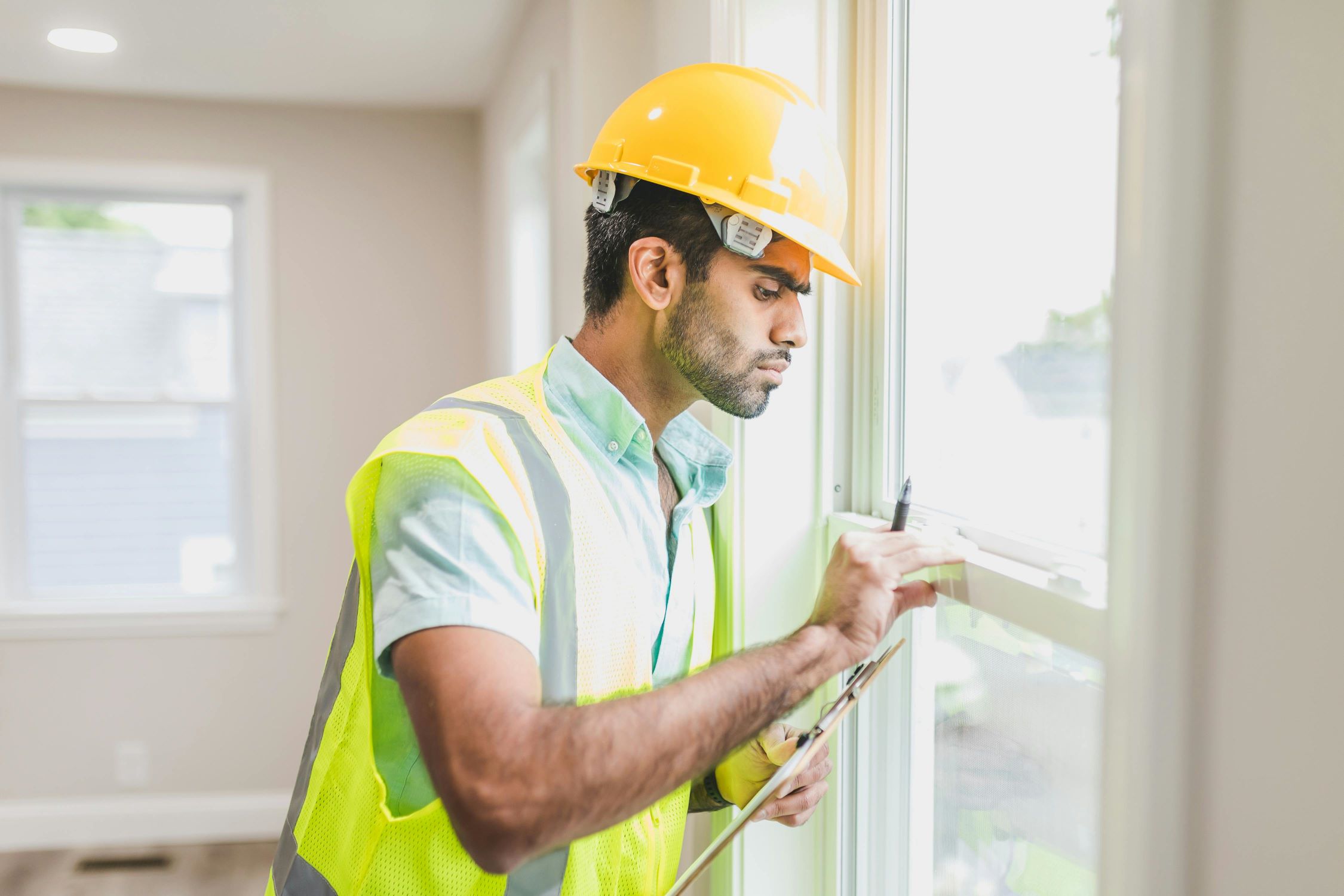
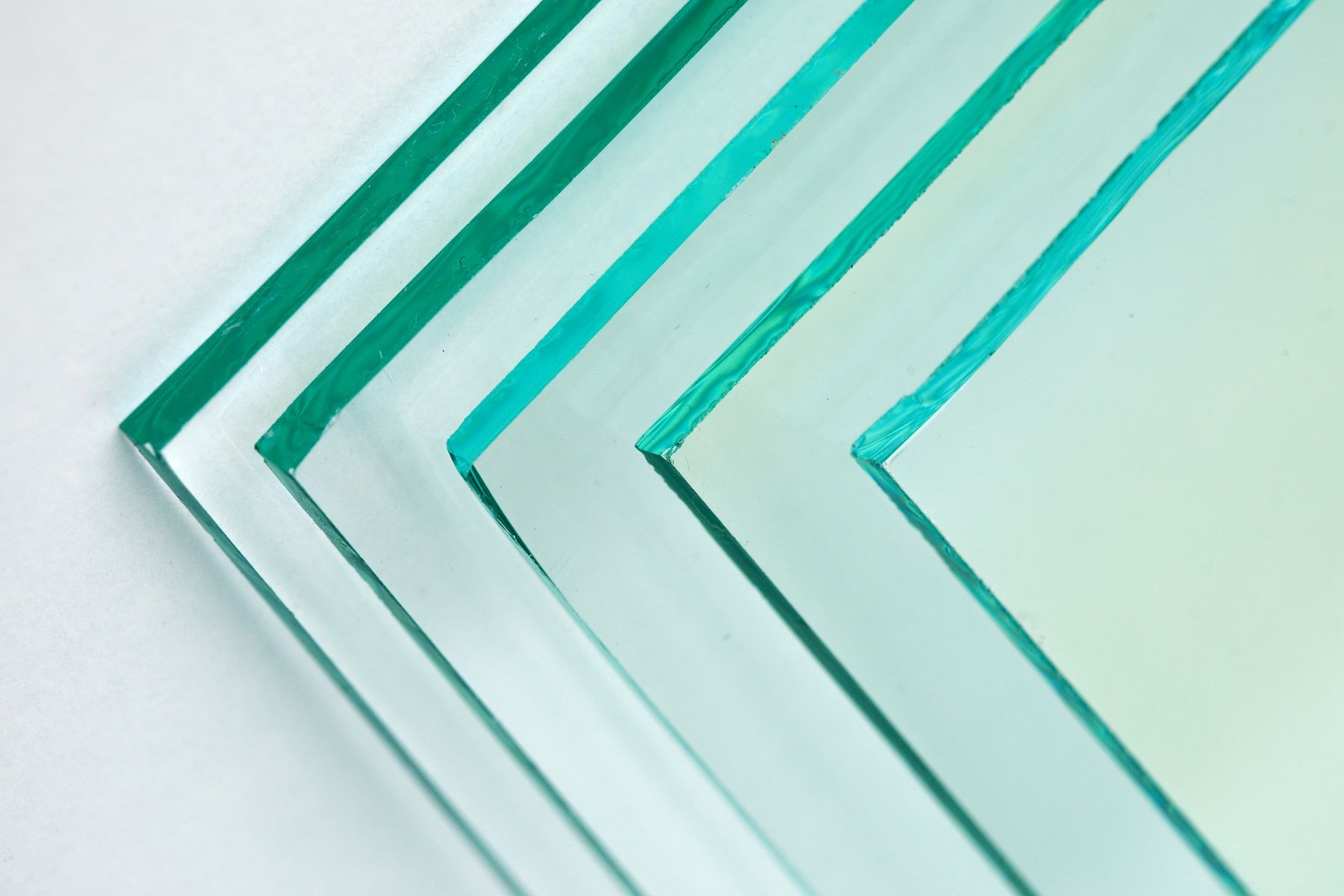

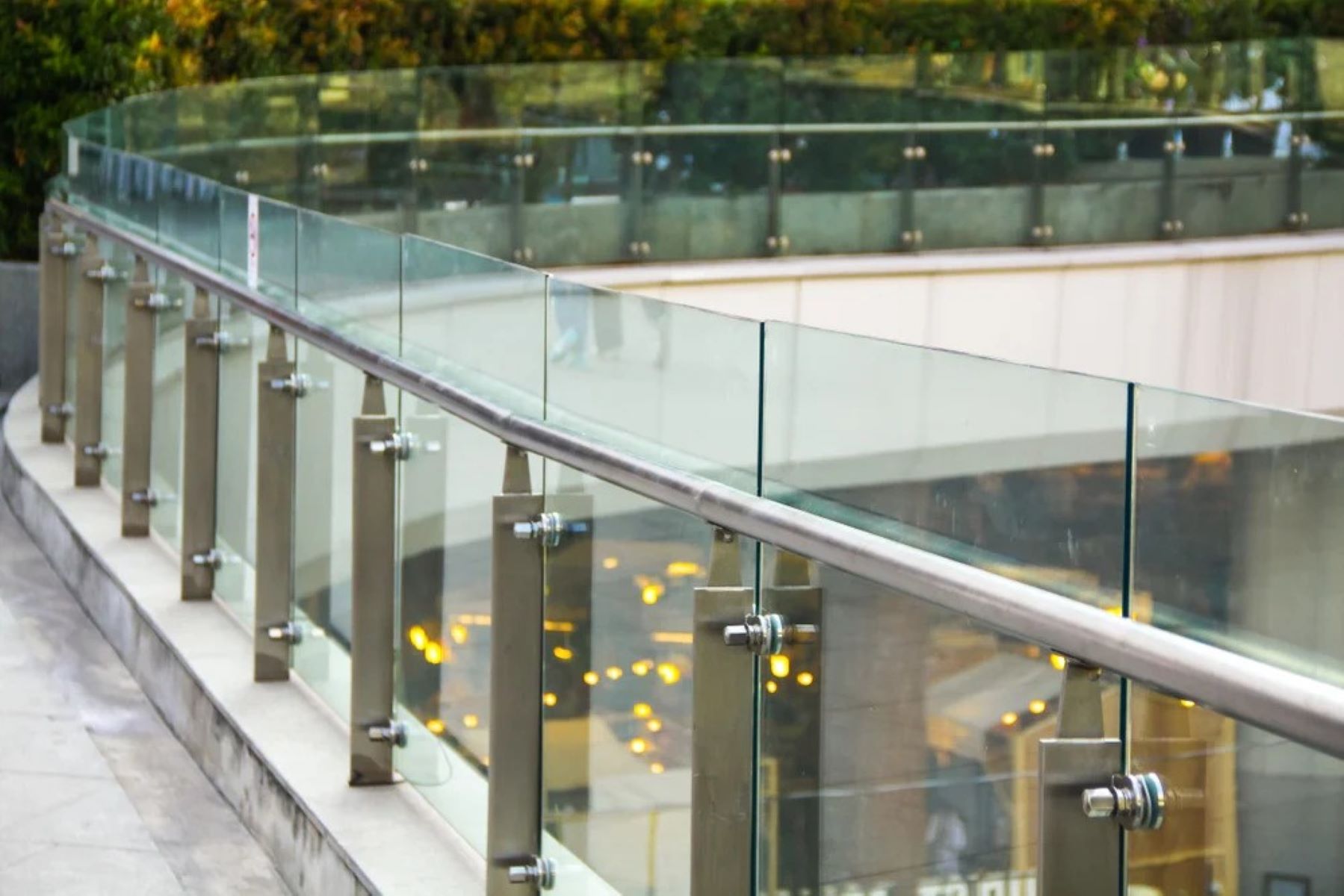
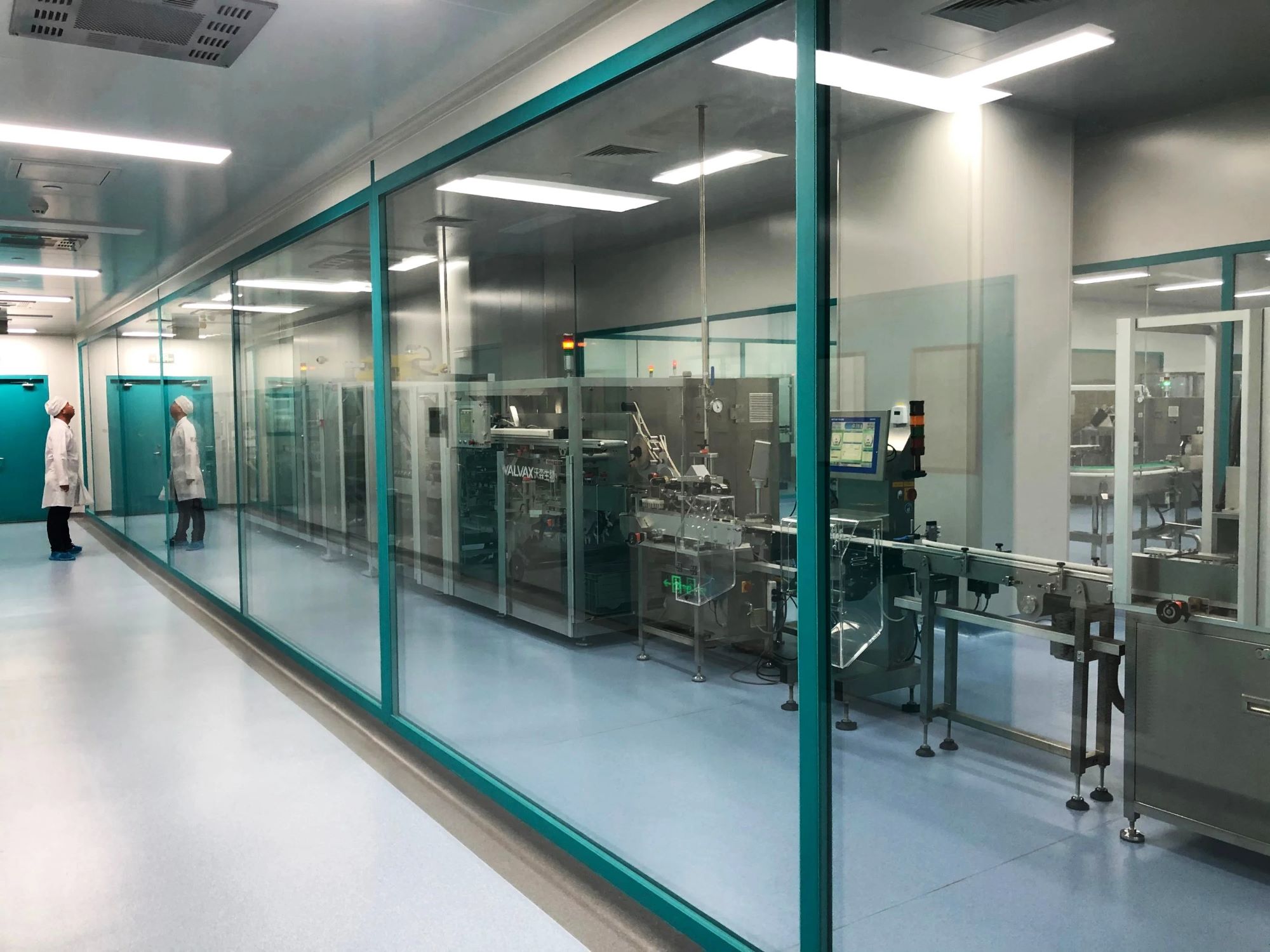
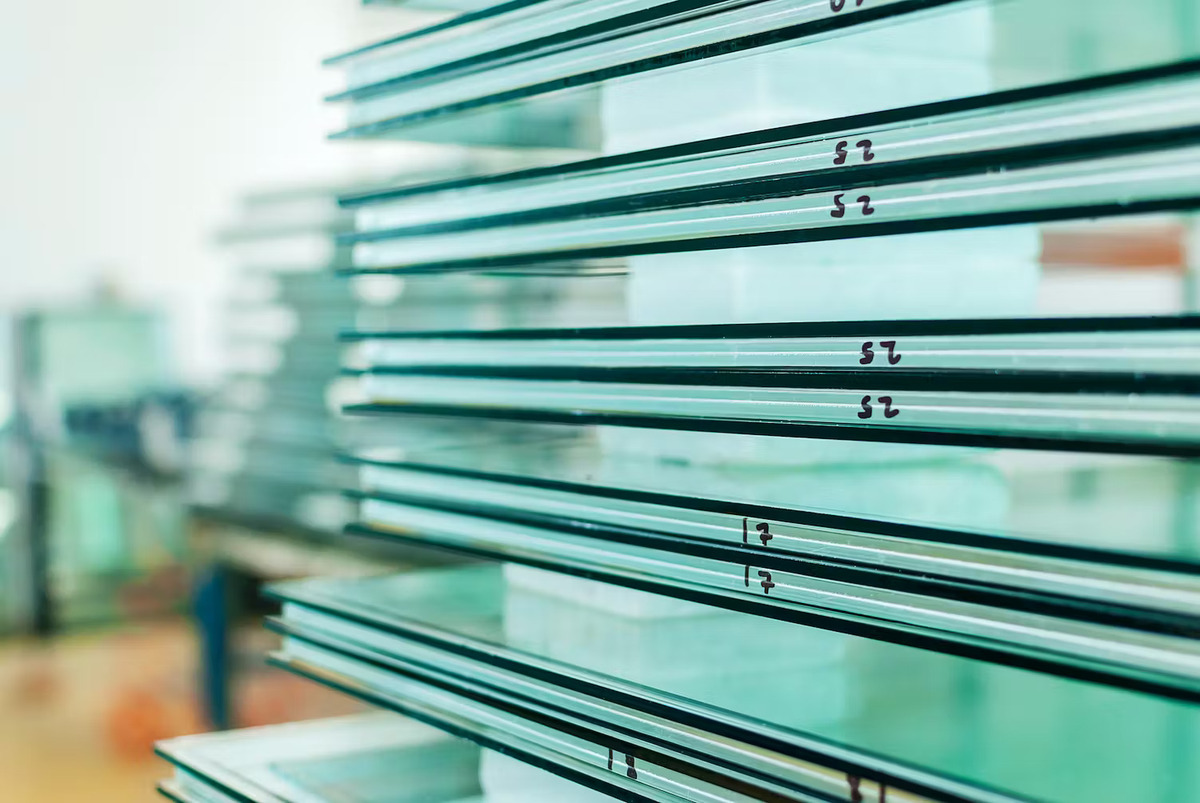

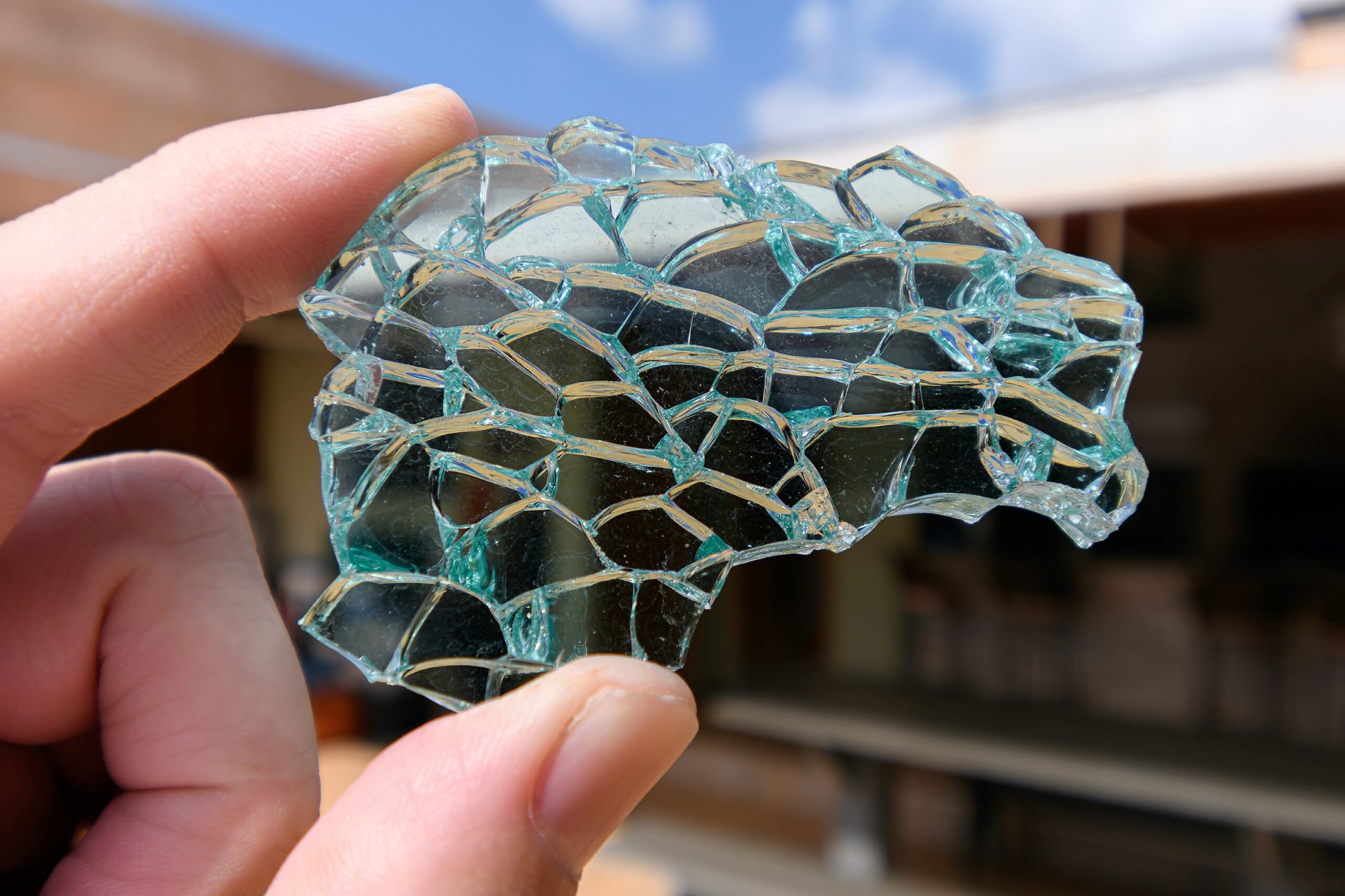
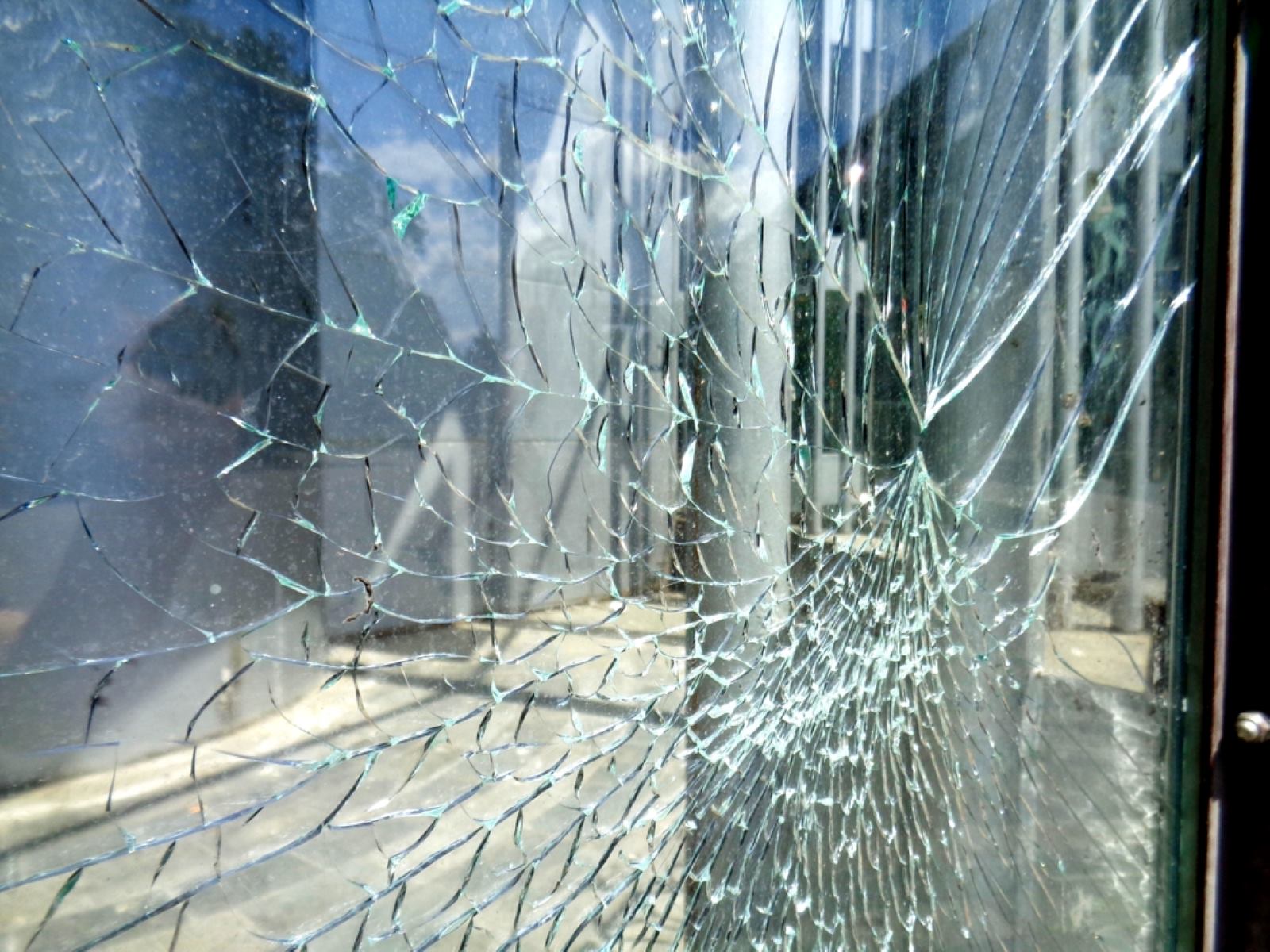
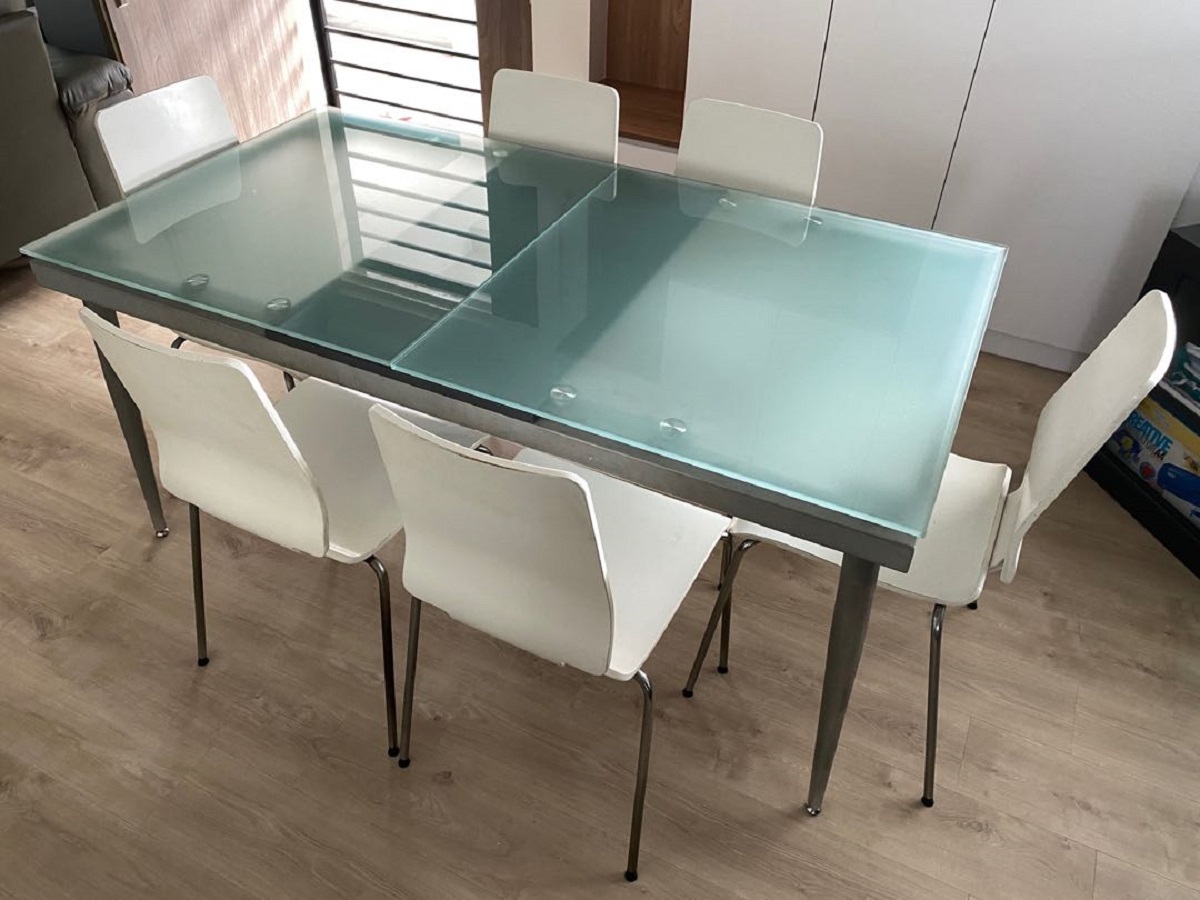

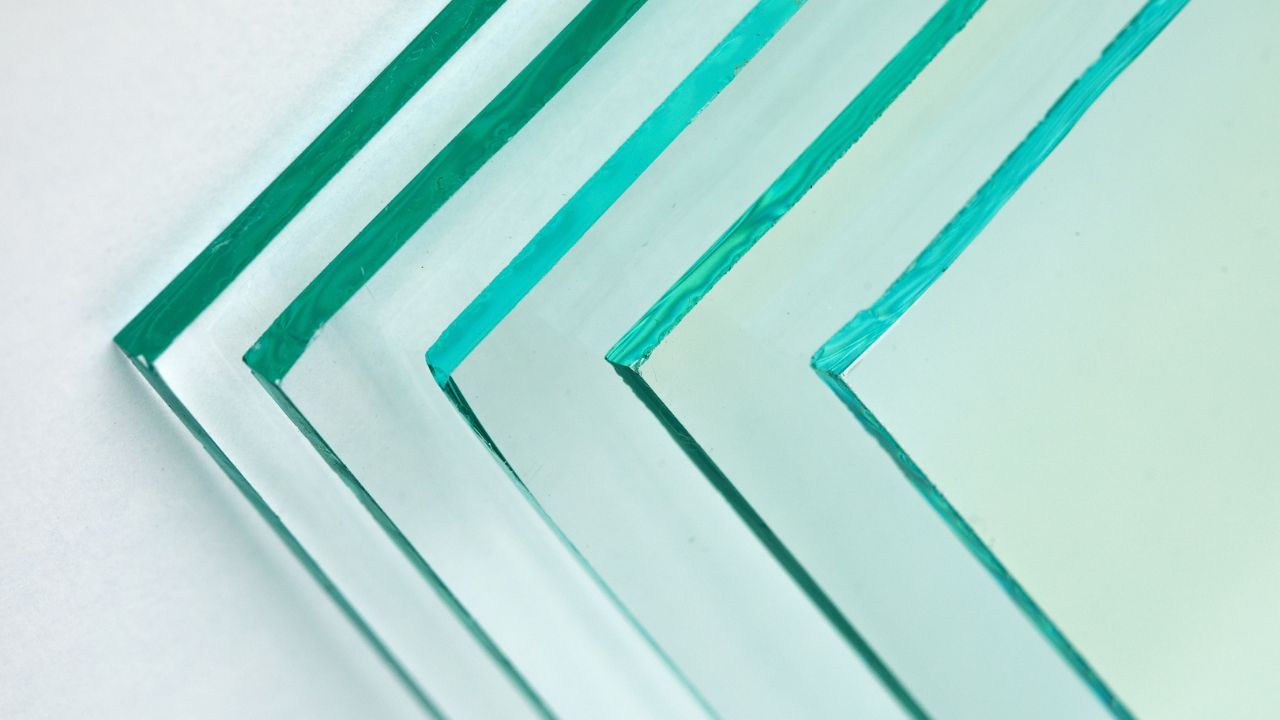


0 thoughts on “What Is Tempered Glass”